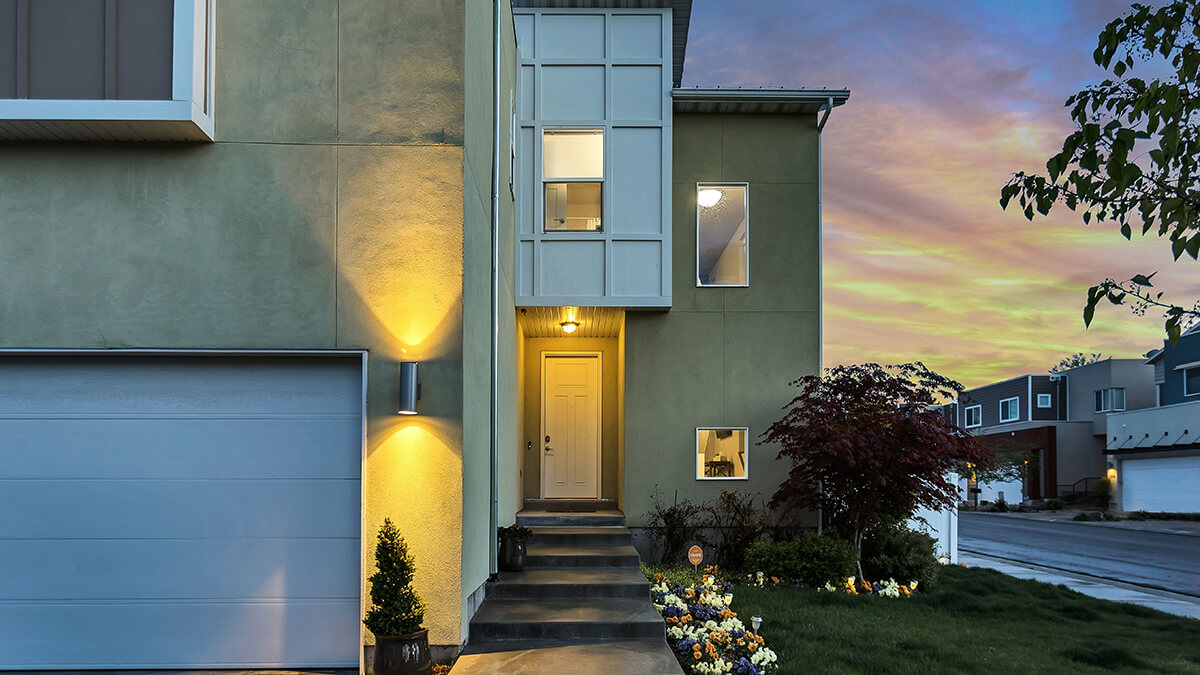It may surprise you to know that 52.5% of men and women 65 years of age and older will require long term care at some point. They may seek in-home help or move into a facility.
You may wonder, what is a long term care facility? Are they retirement homes? Who moves into them?
It’s important to know about the different types of long term care facilities. When the time comes, you’ll likely have to sell your home to move into one. So it’s necessary to understand how to pay for this type of care, too.
Keep reading for everything you need to know about long term health care facilities. You’ll discover the different types, the services they provide, and how much they cost.
What Is a Long Term Care Facility and Who Needs One?
“Long term care” might make you think of nursing homes, retirement communities, and convalescent homes. Are they all the same thing?
In a sense, long term care facilities offer exactly what their name suggests. They offer care over an extended period of time.
But there are different types of long term care facilities. The differences lie primarily with the residents who need them.
Anyone struggling to live independently could qualify to take part in long-term care. Places like assisted living facilities are often considered reserved for the elderly. But that’s not always the case.
Someone recovering from an illness or injury may need to stay in a convalescent home. Unlike long term care, these homes are for the short term.
Younger and older people with mental or physical disabilities could require daily assistance. Long term care facilities help them get through each day safely and successfully.
Types of Long-Term Care Facilities
There is a range of facilities that offer long-term care. The services they provide differ significantly depending on the independence of their residents. Below are three of the most common examples.
Independent Living
Independent living communities are also known as retirement communities or retirement villages. They are places for people aged 55+ to live in a separate community with others their age. Typically, these individuals can still take care of themselves without extra help.
Continuing care retirement communities (CCRCs) are a type of independent living facility. But they support levels of care from minimal to skilled nursing.
Assisted Living
Assisted living facilities offer daily care and supervision. Typically, their residents are individuals who need help with their day-to-day tasks. These individuals usually do not need daily medical attention.
Nursing Homes
There’s a difference between assisted living and nursing facilities. Nursing homes, also known as skilled nursing facilities, offer greater medical assistance. And residents require more than simply remembering to take their medication.
Each individual gets help with daily tasks as they would in an assisted living facility. But they also have access to nurses and physicians who are always on-site and ready to provide care.
What Do Long-Term Care Facilities Provide?
Long-term care facilities provide a number of services. It mostly depends on the type of facility and the requirements of its residents. When you know what you or your loved one needs you can determine whether a long term care home is your best option.
Assistance With Daily Tasks
Daily tasks include bathing and dressing, preparing meals, or taking medication. It may even include home maintenance.
These are any tasks repeated daily or weekly. When they become difficult or unmanageable, it’s time to consider long term care.
By living in a long term care facility, you or your loved one will have access to around-the-clock help. Assisted living specialists will ease the burden of tasks that have become overwhelming.
Access to Healthcare
Another key service that long-term care facilities provide is access to healthcare. This is particularly true of nursing homes and skilled nursing facilities.
In these homes, residents can be under 24-hour supervision. They receive help bathing, dressing, eating, and taking their medication. They also receive regular check-ups and medical treatments as necessary.
If you or your loved one needs medical attention, consider a facility with doctors, nurses, and physical therapists.
Community and Recreation
Long-term facilities offer more than just daily care. Typically, they also provide outlets for creativity and recreation.
Independent living communities often have the most options. These communities offer their residents social events, eateries, sports, and other activities to take part in.
But even assisted living and nursing homes offer activities for their residents. Anything from dance parties to arts and crafts nights may be part of their regular rhythm.
When to Start Thinking About Long-Term Care
So when should you start thinking about long-term care? Ideally, the sooner the better.
You shouldn’t wait until you need long term care to think about it. Start saving for long term care insurance as soon as you can. This will help you secure a better premium and put away more money over time.
If you’re able to contribute to a plan in your 30s or 40s, you’ll set yourself up for success. Make sure to consider the type of care you may need.
Another consideration to make is that you will likely have to sell your home before moving into long term care. This can be a great help in covering the costs. Know how to increase your home’s value before you sell.
Many Americans might require only a few years of care in their lifetime. But you want to be prepared for the most expensive possibility. You or your spouse may need ongoing long term care.
When to Transition Into Long Term Care
You’ve gotten a headstart with a great insurance plan. You’ve been putting away money for a while now. How do you know when it’s time to transition into long term care?
You may find that you’re relying on your spouse or children more and more. They have to help you get dressed or make sure you’re eating enough. You find it’s getting impossible to clean yourself like you need to.
These are hard realizations to make. And it’s an even harder decision to move into long term care. But your spouse or your children may not be equipped to give you the help you need.
Caring for a loved one who needs round-the-clock help takes a lot out of family members. They want to be able to care for their loved ones. At the same time, they’re struggling with watching their abilities deteriorate.
Simply put, when you are no longer able to care for yourself, it’s likely time to transition into long term care.
How Much Does a Long-Term Care Facility Cost?
The costs of long term care can be staggering. Five-figure yearly costs are not uncommon. More expensive facilities may cost upwards of $60,000 a year.
These costs cover most of the same expenses you’d be paying at home. Think operational costs like electricity and water as well as food and medical care. Other fees may go toward the physicians or even the activities offered to the community.
It can be tempting to only save for the cheapest option but consider where you’d like to live. Do you want to opt for comfort in your final years? Or skimp on excess and live more simply?
For seniors who no longer have a stable income, the costs can overwhelm them and their families.
That’s why saving ahead of time is so important. Speak to your family and your financial advisors. Determine what insurance plans are right for you.
How to Afford Long-Term Care
You know to look into long term care insurance as soon as you can. Think of it as part of your retirement savings. The earlier you start, the more you’ll have to live on.
You can also invest in regular stocks and bonds. Over time, your investments may yield returns that you can use for your long term care. Speak with an investment advisor to see if you can put some of your dividends towards long term care.
Consider speaking with your kids as well. They may be willing to move you into their basement suite with an in-home care worker. That could be a more affordable option when the time comes.
Online homebuyers can even give you a cash offer for your house so you can put that money toward long term care. Remember that you can put the money you make from the sale of your home toward your long term care.
Consider Long Term Care Before You Need It
What is a long term care facility? Now you know that there are several types. Each type provides a different service to meet a variety of needs.
Start thinking about long term care before you need it. Begin saving as early as you can and consider all your options.
Learn more about getting a cash offer for your house to help you pay for long term care.




